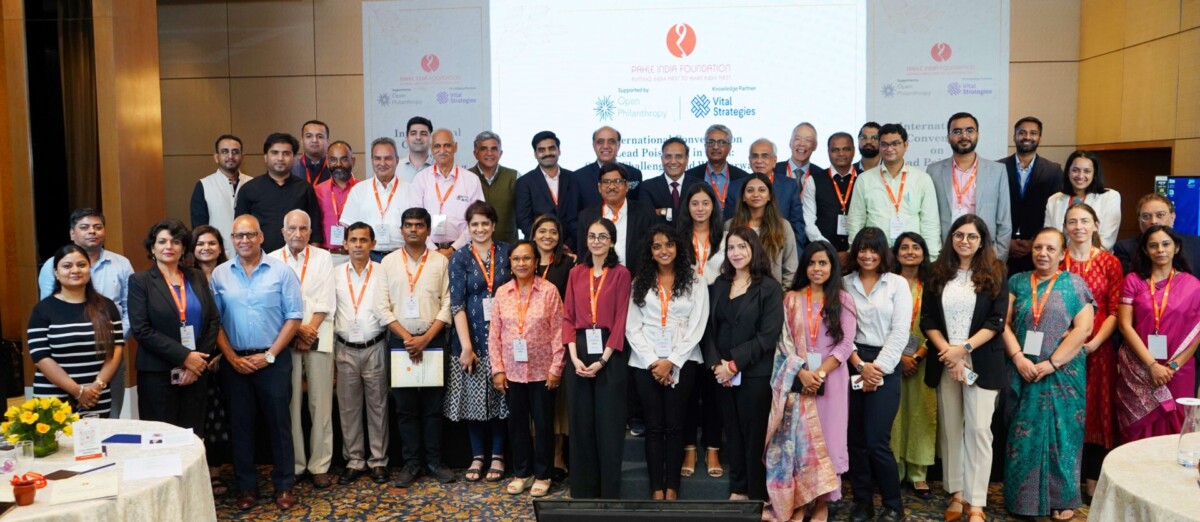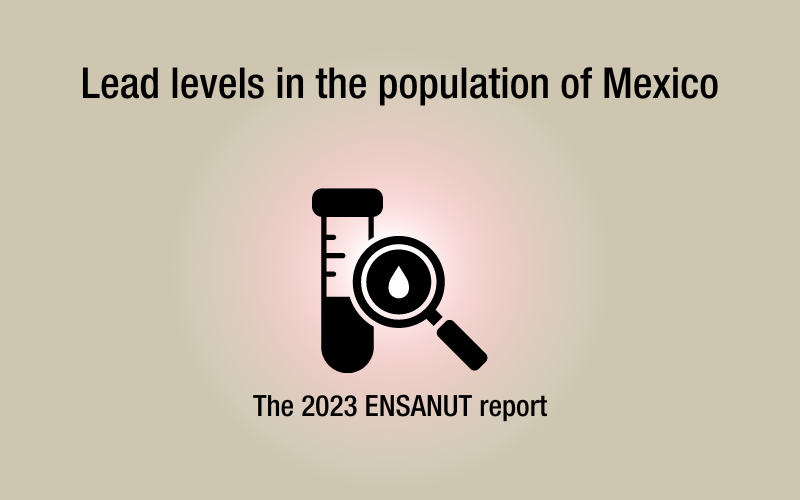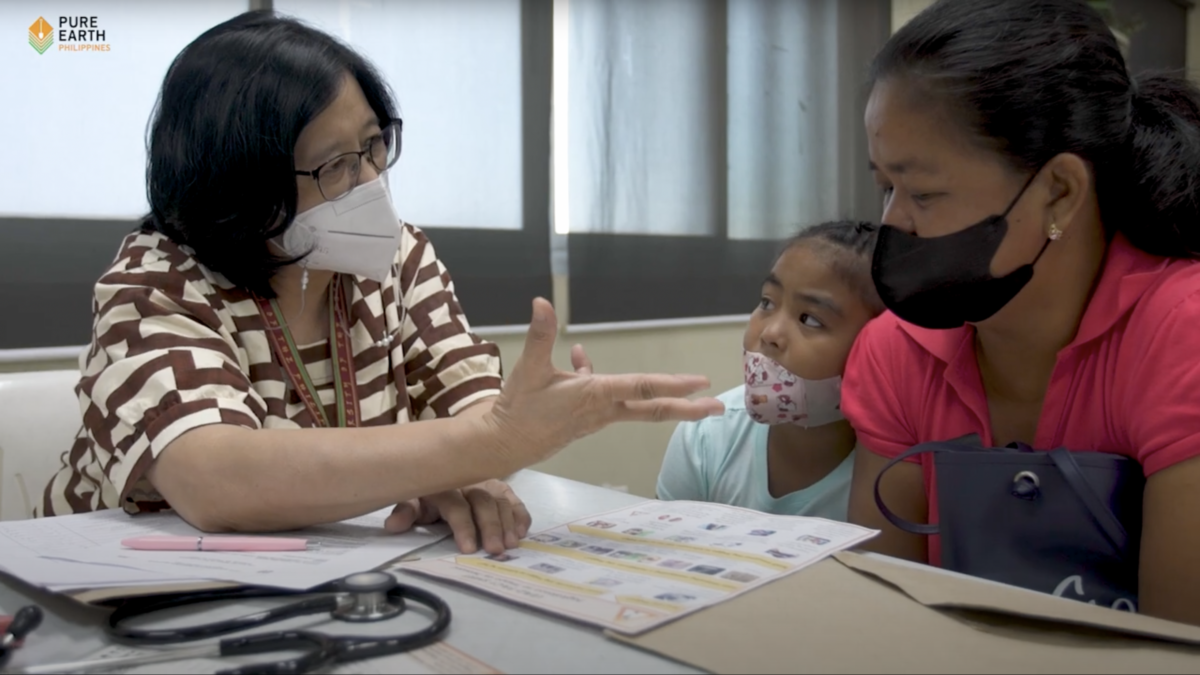From the WHO Fact Sheet on Mercury and Health
Key facts
- Mercury is a naturally occurring element that is found in air, water and soil.
- Exposure to mercury – even small amounts – may cause serious health problems, and is a threat to the development of the child in utero and early in life.
- Mercury may have toxic effects on the nervous, digestive and immune systems, and on lungs, kidneys, skin and eyes.
- Mercury is considered by WHO as one of the top ten chemicals or groups of chemicals of major public health concern.
- People are mainly exposed to methylmercury, an organic compound, when they eat fish and shellfish that contain the compound.
Mercury exists in various forms: elemental (or metallic) and inorganic (to which people may be exposed through their occupation); and organic (e.g., methylmercury, to which people may be exposed through their diet). These forms of mercury differ in their degree of toxicity and in their effects on the nervous, digestive and immune systems, and on lungs, kidneys, skin and eyes.
Mercury occurs naturally in the earth’s crust. It is released into the environment from volcanic activity, weathering of rocks and as a result of human activity. Human activity is the main cause of mercury releases, particularly coal-fired power stations, residential coal burning for heating and cooking, industrial processes, waste incinerators and as a result of mining for mercury, gold and other metals.
Once in the environment, mercury can be transformed by bacteria into methylmercury. Methylmercury then bioaccumulates (bioaccumulation occurs when an organism contains higher concentrations of the substance than do the surroundings) in fish and shellfish. Methylmercury also biomagnifies. For example, large predatory fish are more likely to have high levels of mercury as a result of eating many smaller fish that have acquired mercury through ingestion of plankton.
People may be exposed to mercury in any of its forms under different circumstances. However, exposure mainly occurs through consumption of fish and shellfish contaminated with methylmercury and through worker inhalation of elemental mercury vapours during industrial processes. Cooking does not eliminate mercury.
Exposure to mercury
All humans are exposed to some level of mercury. Most people are exposed to low levels of mercury, often through chronic exposure (continuous or intermittent long term contact). However, some people are exposed to high levels of mercury, including acute exposure (exposure occurring over a short period of time, often less than a day). An example of acute exposure would be mercury exposure due to an industrial accident.
Factors that determine whether health effects occur and their severity include:
- the type of mercury concerned;
- the dose;
- the age or developmental stage of the person exposed (the foetus is most susceptible);
- the duration of exposure;
- the route of exposure (inhalation, ingestion or dermal contact).
Generally, two groups are more sensitive to the effects of mercury. Foetuses are most susceptible to developmental effects due to mercury. Methylmercury exposure in the womb can result from a mother’s consumption of fish and shellfish. It can adversely affect a baby’s growing brain and nervous system. The primary health effect of methylmercury is impaired neurological development. Therefore, cognitive thinking, memory, attention, language, and fine motor and visual spatial skills may be affected in children who were exposed to methylmercury as foetuses.
The second group is people who are regularly exposed (chronic exposure) to high levels of mercury (such as populations that rely on subsistence fishing or people who are occupationally exposed). Among selected subsistence fishing populations, between 1.5/1000 and 17/1000 children showed cognitive impairment (mild mental retardation) caused by the consumption of fish containing mercury. These included populations in Brazil, Canada, China, Columbia and Greenland.
A significant example of mercury exposure affecting public health occurred in Minamata, Japan, between 1932 and 1968, where a factory producing acetic acid discharged waste liquid into Minamata Bay. The discharge included high concentrations of methylmercury. The bay was rich in fish and shellfish, providing the main livelihood for local residents and fishermen from other areas.
For many years, no one realised that the fish were contaminated with mercury, and that it was causing a strange disease in the local community and in other districts. At least 50 000 people were affected to some extent and more than 2000 cases of Minamata disease were certified. Minamata disease peaked in the 1950s, with severe cases suffering brain damage, paralysis, incoherent speech and delirium.
Health effects of mercury exposure
Elemental and methylmercury are toxic to the central and peripheral nervous systems. The inhalation of mercury vapour can produce harmful effects on the nervous, digestive and immune systems, lungs and kidneys, and may be fatal. The inorganic salts of mercury are corrosive to the skin, eyes and gastrointestinal tract, and may induce kidney toxicity if ingested.
Neurological and behavioural disorders may be observed after inhalation, ingestion or dermal exposure of different mercury compounds. Symptoms include tremors, insomnia, memory loss, neuromuscular effects, headaches and cognitive and motor dysfunction. Mild, subclinical signs of central nervous system toxicity can be seen in workers exposed to an elemental mercury level in the air of 20 μg/m3 or more for several years. Kidney effects have been reported, ranging from increased protein in the urine to kidney failure.
How to reduce human exposure from mercury sources
There are several ways to prevent adverse health effects, including promoting clean energy, stopping the use of mercury in gold mining, eliminating the mining of mercury and phasing out non-essential mercury-containing products.
- Eliminate mercury mining, and use of mercury in gold extraction and other industrial processes.
Mercury is an element that cannot be destroyed; therefore, mercury already in use can be recycled for other essential uses, with no further need for mercury mining. Mercury use in artisanal and small-scale gold mining is particularly hazardous, and health effects on vulnerable populations are significant. Non-mercury (non-cyanide) gold-extraction techniques need to be promoted and implemented, and where mercury is still used safer work practices need to be employed to prevent exposure.
Learn more:





